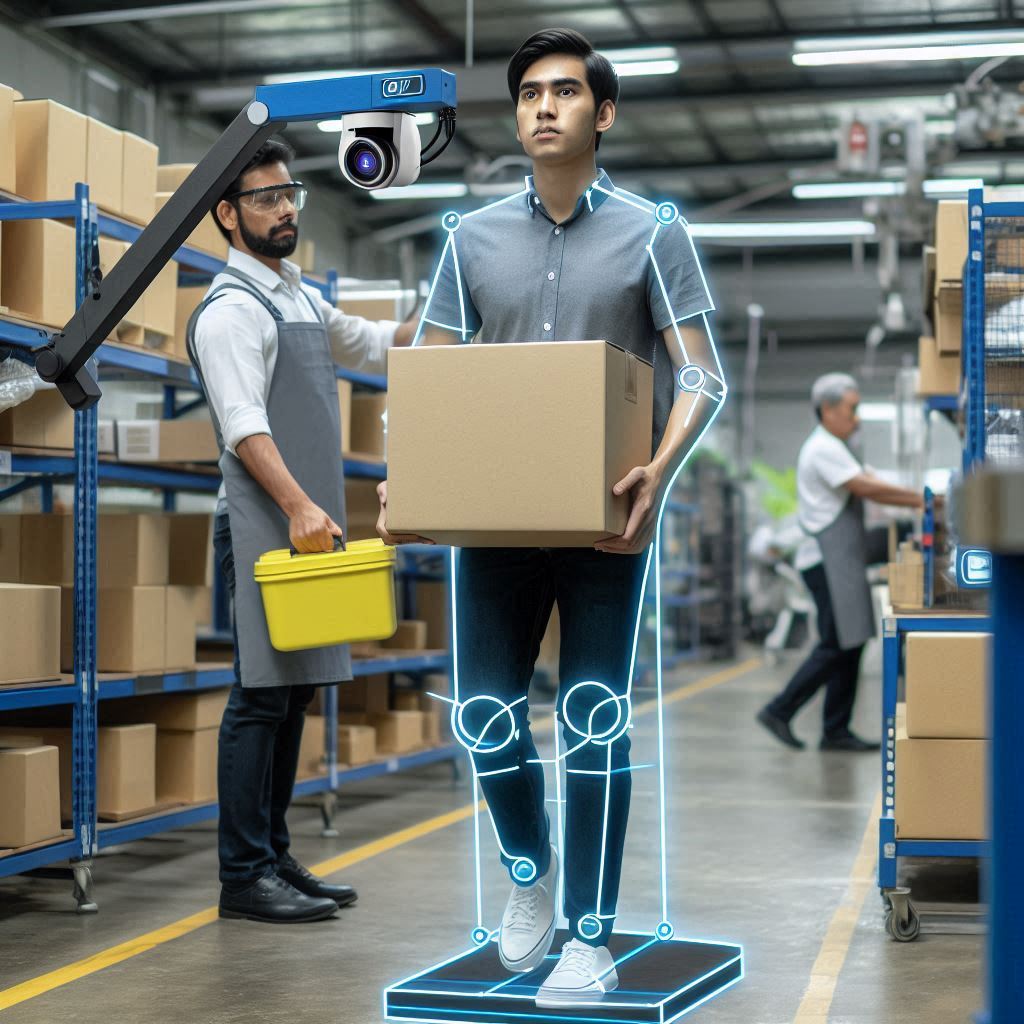Ergonomics: Better for Safety and Health
Introduction
Ergonomics in the workplace involves arranging proper equipment, tools, and chair height while monitoring processes to fit employees’ needs. A comfortable working environment enhances both safety and health, ensuring employees can work efficiently and without discomfort.
Why Workplace Ergonomics Is Essential
Ergonomics is crucial in designing a workplace that prioritizes comfort and safety.
● A well-organized workspace reduces health risks for employees.
● Proper ergonomics improve workers’ overall health and well-being.
● The workplace should be designed to fit the human body for a healthier and more
productive environment.
Steps for a Healthier Workplace Through Ergonomics Safety and Health
1.Proper Desktop Positioning
- Employees spend long hours in front of a computer, which can strain their eyes and cause headaches.
- Reduce eye strain by positioning the monitor at an appropriate height and adjusting brightness levels.
- Provide high-quality screens and anti-glare protection to enhance comfort and productivity.
2.Proper Chair Adjustment for Sitting
- An ergonomic chair is essential for good posture and spinal support.
- Chairs should be height-adjustable, stable, and have proper back support.
- Employees should sit with feet flat on the floor and maintain a straight posture.
3.Protecting Eye Health
Extended computer usage can weaken eyesight, causing some employees to need prescription glasses.
Maintain a safe viewing distance from the screen and take regular breaks to reduce eye strain.
4.A Well-Designed Workplace Setup
- A proper office setup includes:
- Ergonomic chairs
- Adjustable-height desks
- Keyboard trays and mouse positioning
- Footrests and proper lighting adjustments
These elements contribute to workers’ comfort and prevent long-term health issues.
5.Reducing Workplace Stress
● Encourage physical activities such as stretching or short breaks to maintain focus.
● Organize recreational activities to boost morale and prevent workplace fatigue.
● A stress-free environment promotes both mental and physical well-being.
6.Maintaining a Comfortable Work Environment
● Ergonomic office furniture, such as adjustable chairs and desks, enhances employee comfort.
● Proper posture and wrist support reduce strain while working.
● Workstations should be designed to suit the specific needs of each role.
Common Hazards Ergonomics for Industrial Workers
1.Manual Material Handling: Lifting heavy loads, improper bending, and carrying objects over long distances can cause back and shoulder strain.
2.Ensuring Safety and Efficiency: Industrial workplaces often involve physically demanding tasks, including heavy lifting, repetitive movements, prolonged standing, and exposure to vibrations
3.Prolonged Standing: Working on hard surfaces for long hours without proper support can cause foot, knee, and lower back pain
4.Awkward Postures: Constant reaching, twisting, or bending to access tools and materials increases the risk of injuries.
5.Vibration Exposure: Prolonged use of power tools or heavy machinery can cause hand-arm vibration syndrome and nerve damage
AI-Powered Ergonomic Detection with Smart Cameras
Enhance workplace safety with AI-powered ergonomic detection using smart cameras that analyze posture and movements in real time. Prevent injuries and boost productivity with automated insights and actionable recommendations. Learn more about AI-driven workplace safety solutions.
Conclusion
Ergonomics plays a vital role in supporting employees’ physical and mental well-being. By providing the right equipment and reducing workplace stress, companies can improve employee health, safety, and productivity. A well-structured ergonomic workplace leads to a healthier, happier, and more efficient workforce.





